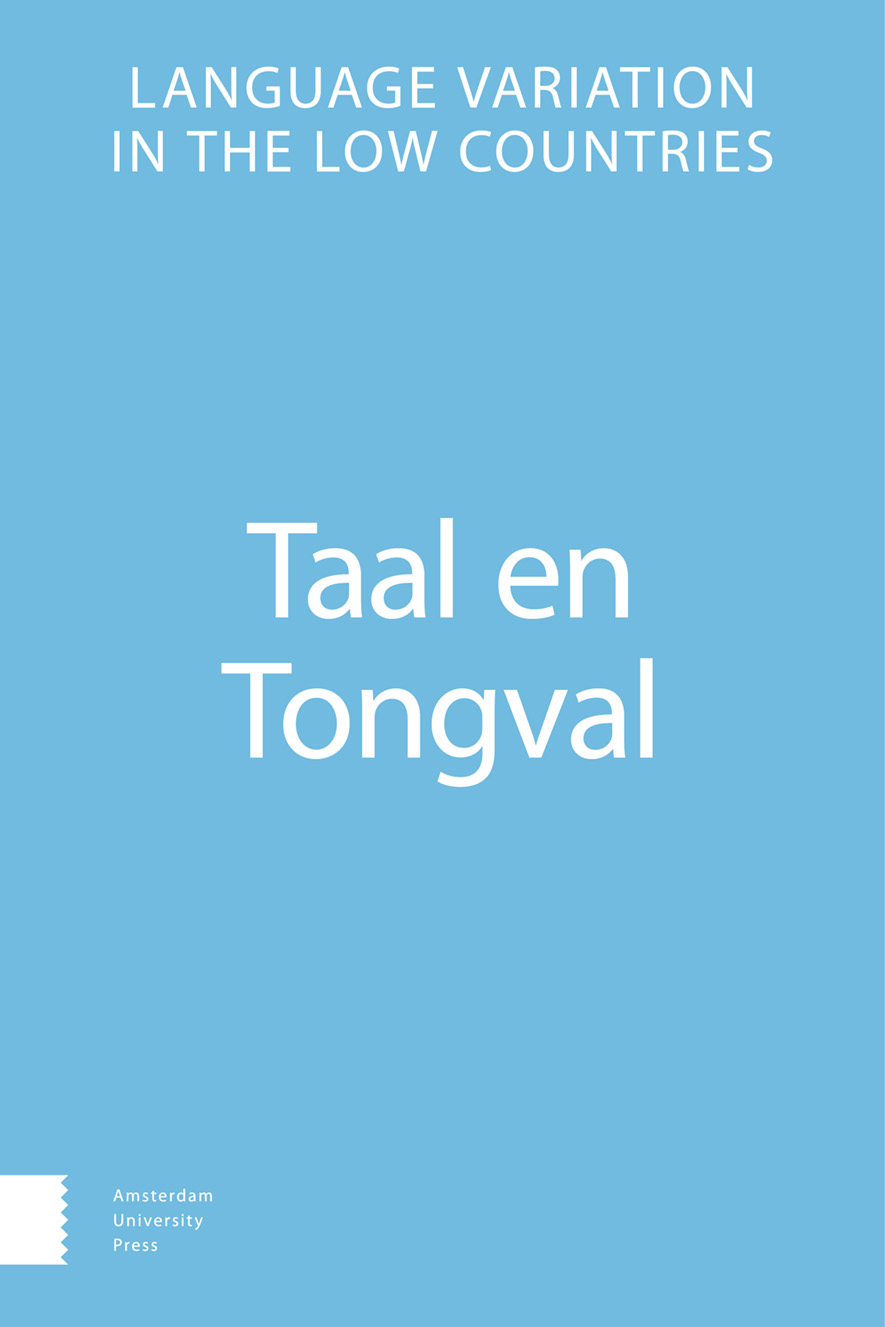- Home
- A-Z Publications
- Taal en Tongval
- Previous Issues
- Volume 67, Issue 2, 2015
Taal en Tongval - Volume 67, Issue 2, 2015
Volume 67, Issue 2, 2015
Language:
English
-
-
Variatie en verandering in constructies
More LessAuthors: Timothy Colleman & Freek Van de VeldeAbstract Variation and change in constructions: At the intersection of construction grammar and variational linguistics This introductory paper outlines the different trends and movements that have in recent years led to a marked increase in the number of linguistic studies that combine a construction-based theoretical outlook on grammar with a dedicated interest in issues of synchronic and/or diachronic language variatio Read More
-
-
-
Constructional complexification
More LessBy Evie CousséAbstract This articles investigates the rise of double modal constructions in Dutch. Double modal constructions combine two modal auxiliaries with one lexical verb (e.g. zal moeten gaan ‘shall have to go’). Little is known on why and how such complex verb constructions came into being. This article presents historical data for the earliest double modal constructions in Middle Dutch (13th century) drawing on both previous corp Read More
-
-
-
On the resultative-modal grammaticalisation pathway of German GET verbs – with an outlook on Dutch and Afrikaans
More LessAbstract This contribution focuses on grammaticalisation pathways of German resultative and modal constructions using the auxiliaries kriegen ‘to get, to receive’ and bekommen ‘to get, to receive’. In order to illustrate the complex grammaticalisation pathways of the two GET verbs and the subtypes of resultative-modal constructions in which they are used, first, historical and second, (more) contemporary data from varietie Read More
-
-
-
De aan-constructie in het 17de-eeuwse Nederlands
More LessAuthors: Tim Geleyn & Timothy CollemanAbstract The aan-construction in 17th Century Dutch: A semasiological investigation The Dutch aan-construction (e.g. Hij gaf een bos bloemen aan zijn vrouw ‘He gave a bouquet to his wife’), the prepositional alternative for the double object construction (Hij gaf zijn vrouw een bos bloemen ‘He gave his wife a bouquet’), is a post Middle Dutch innovation (i.e. after 1500 AD). The precise details of the rise of the aan-construction re Read More
-
-
-
I’m queen of the world!
More LessAuthors: Eline Zenner & Dirk GeeraertsAbstract This paper analyses English multi-word insertions found in a Dutch corpus of naturally occurring spoken conversation. Specifically, the corpus is based on manual morphophonological transcriptions of three seasons of the reality TV show Expeditie Robinson (known as ‘Survivor’ in the English-speaking world) and contains 10,000 utterances produced by 52 Belgian Dutch and Netherlandic Dutch speakers. Our analysi Read More
-
-
-
Rethinking Weinreich, Labov & Herzog from a usage-based perspective
More LessBy Ad BackusAbstract In the late sixties, Weinreich, Labov & Herzog (1968) discussed five empirical problems that together defined the subject matter of sociolinguistics. The research program they initiated has been very influential in sociolinguistics, but is not well known outside of it. In the branches of linguistics primarily focused on describing and accounting for the linguistic knowledge possessed by the individual speaker, branches Read More
-
-
-
Wat dragen we vandaag: een hemd met blazer of een shirt met jasje?
More LessAuthors: Jocelyne Daems, Kris Heylen & Dirk GeeraertsAbstract What to wear today: een hemd met blazer (‘a dress shirt with suit jacket’) or een shirt met jasje (‘a dress shirt with suit jacket’)? Convergence and divergence in Dutch clothing terminology This paper reports on a corpus-based investigation into naming preferences in Belgian Dutch and Netherlandic Dutch for fourteen clothing terms. The study is a follow-up of Geeraerts, Grondelaers and Speelman (1999), in Read More
-
-
-
Ethnolect speakers and Dutch partitive adjectival inflection
More LessAuthors: Dirk Pijpops & Freek Van de VeldeAbstract This study applies the methodology described by Gries & Deshors (2014) within the framework of the Contrastive Interlanguage Analysis (Granger, 1996) to the partitive genitive inflection in post-quantifier adjectives in the Moroccan Dutch ethnolect. This implies fitting a logistic regression model on data from the complementary ConDiv and Moroccorp corpora to investigate the differences between the L1 variet Read More
-
Volumes & issues
Most Read This Month
Article
content/journals/00398691
Journal
10
5
false
en


